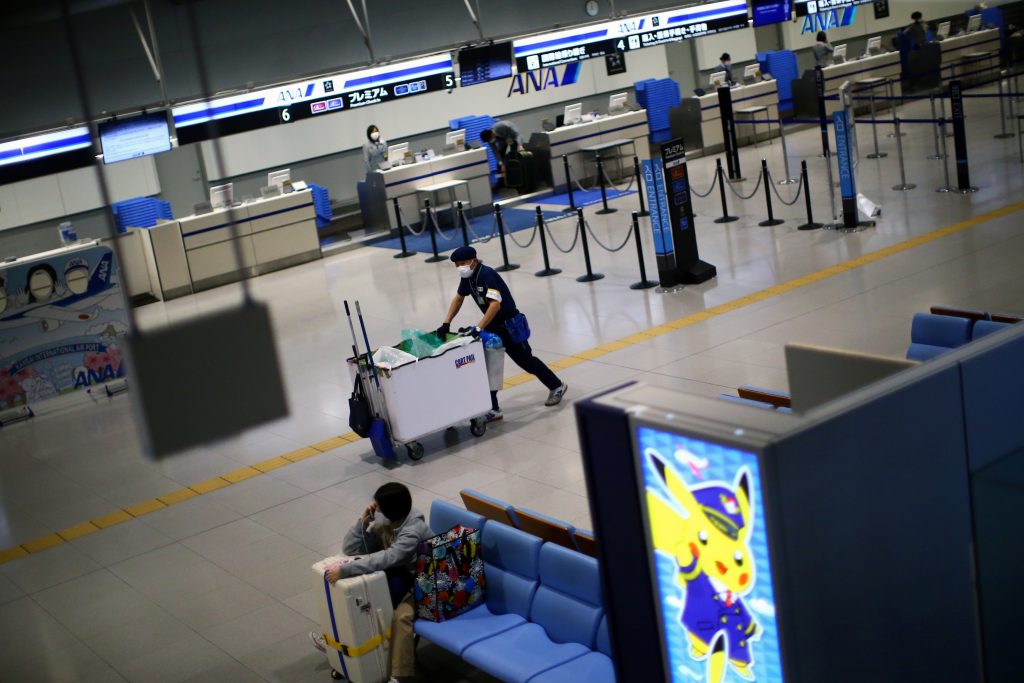TORONTO — At a time when countless businesses have been forced to shutter their doors, any new startup bold enough to launch during a worldwide pandemic is certainly something to talk about.
Such is the case with Lynx Air, a new Calgary-based ultra low-cost carrier that plans to officially take to the skies this spring. Formerly known as Enerjet, it will launch its first flight from Calgary to Vancouver on April 7, with plans to operate 76 flights per week starting in May with routes servicing Vancouver, Kelowna, Calgary, Winnipeg and Toronto.
![]()
Considering how the travel industry has been among the hardest hit – if not, the hardest hit – since the start of the COVID-19 pandemic, Lynx’s decision to launch in 2022 is nothing short of extraordinary, to say the least. But it also does not come as a complete surprise either, says one aviation expert.
“Lynx is just one of several airlines, not all Canadian, that have chosen to launch during this pandemic,” says John Gradek, Faculty Lecturer and Academic Programs Coordinator, Supply Chain, Logistics and Aviation Management and the School of Continuing Studies, McGill University. “In Canada we have seen Flair, Canada Jetlines (launching Spring 2022) and now Lynx, while in the U.S. there’s Breeze and Avelo, as well as Norse and ITA in Europe. So there must be something in the air that has investors excited about the profitability of launching new airlines.”
Canada’s airlines, both legacy and new, are sure to get an added boost now that the federal government has eased border measures, announced on Feb. 15 and coming into effect on Feb. 28. To read about the new measures, click here.
As for start-up carriers like Lynx and also Canada Jetlines, as well as expanding carriers including Porter and Flair, we asked Gradek how everything will play out amid pandemic challenges and increased competition:
Why do you think so many airlines are choosing to launch now?
“One of the key drivers is the availability of lower-cost aircraft. In the height of the pandemic’s shutdown of air services, close to 10,000 aircraft worldwide were taken out of service and placed into storage. While a good portion of these have since returned to service, there remains approximately 4,000 in storage with an uncertain future. Aircraft manufacturers had reduced their production rates as well during this drop in air travel demand, with a significant number of order cancellations by cash-strapped airlines. Surplus aircraft at manufacturers led to very aggressive marketing efforts to get their aircraft into the hands of existing and new operators, as well as providing incentives to operators to order new aircraft to restart their idle production lines.”
Do you think the pandemic has set up ULCCs to thrive at this time?
“The pandemic has fundamentally changed demand for air travel. Notwithstanding the health and hygiene measures that will remain in force, the change in traffic mix regarding business demand will benefit ULCCs that have launched with extreme low-cost operations. The gap between legacy and ULCC cost structures will exacerbate the pressure the legacy carriers will be experiencing and might result in their financial instability.
“Yes, Canadians have saved up funds from not travelling during the pandemic, and yes, we have had our fair share of ‘revenge travel’ in late 2021. But once Canadians have satisfied their urge to get away, the airline industry will have to deal with ways to entice additional air demand. And price has traditionally been the vehicle of choice for this stimulation, and I have no doubt that it will once again be key to attracting market share.”
Historically, budget airlines in Canada have not found much success with the demise of carriers like Roots Air, Jetsgo, Zoom and CanJet. Why do you think today’s ULCCs have found success?
“I personally think that the jury is still out on claiming victory for the current crop of ULCCs. I believe neither Air Canada nor WestJet have decided to take competitive action to preserve market share losses to either carrier, primarily because of the issues both carriers are facing in ramping up their infrastructure to fly closer to 2019 levels. Once the dust has settled and both carriers feel that they have adequate resources to reliably fly the plan, the focus will shift to addressing leisure travel market share and they will join in the low-end fare battle currently being fought by Flair and Lynx. In my opinion, this is the calm before the storm.”
To read the rest of the interview, check out the Feb. 17 issue of Travelweek here.

